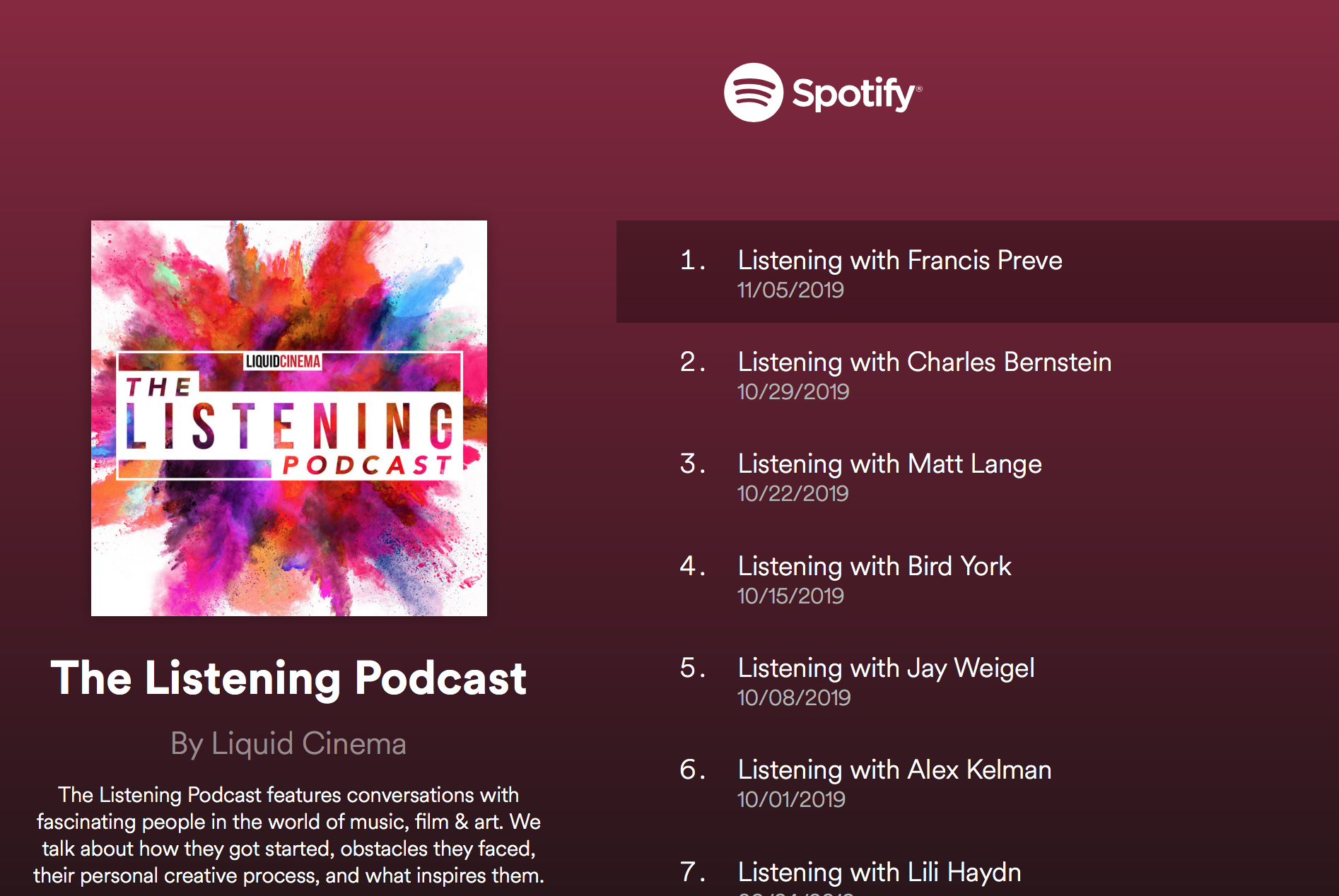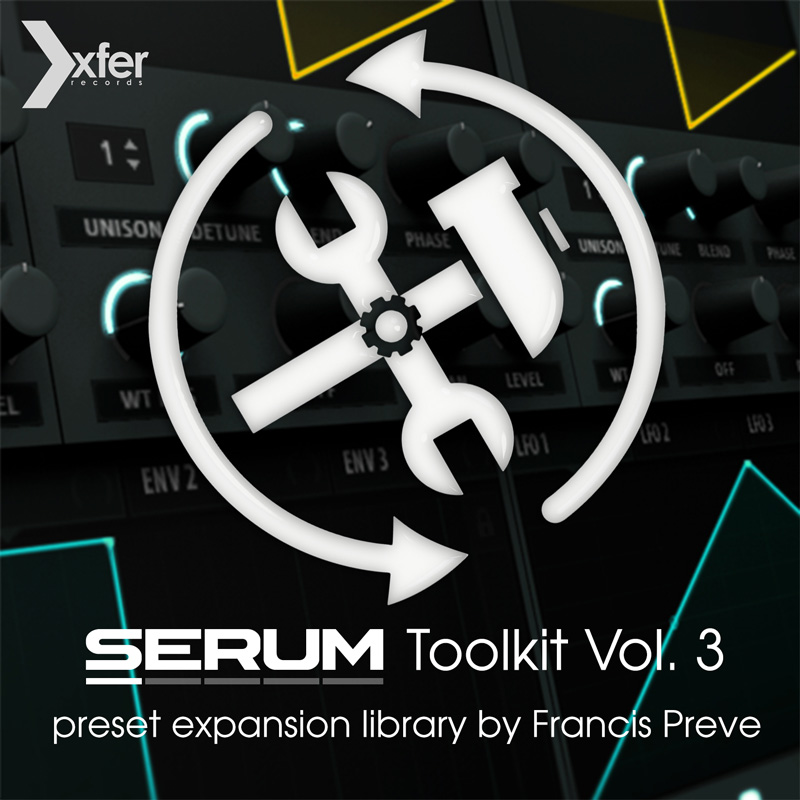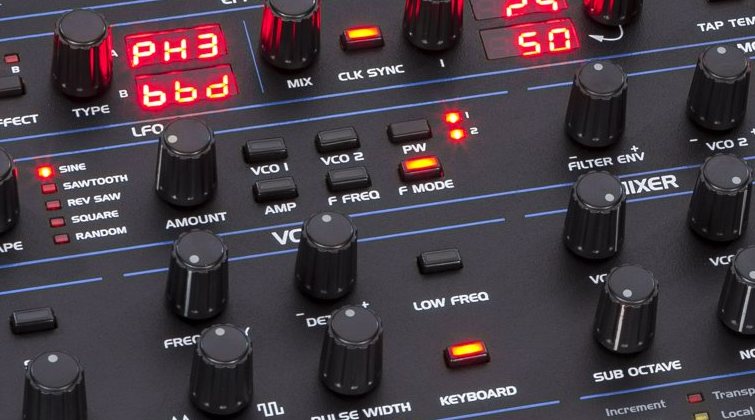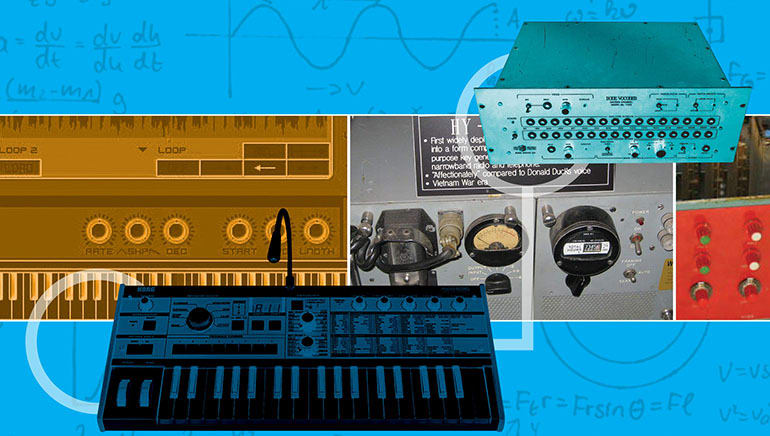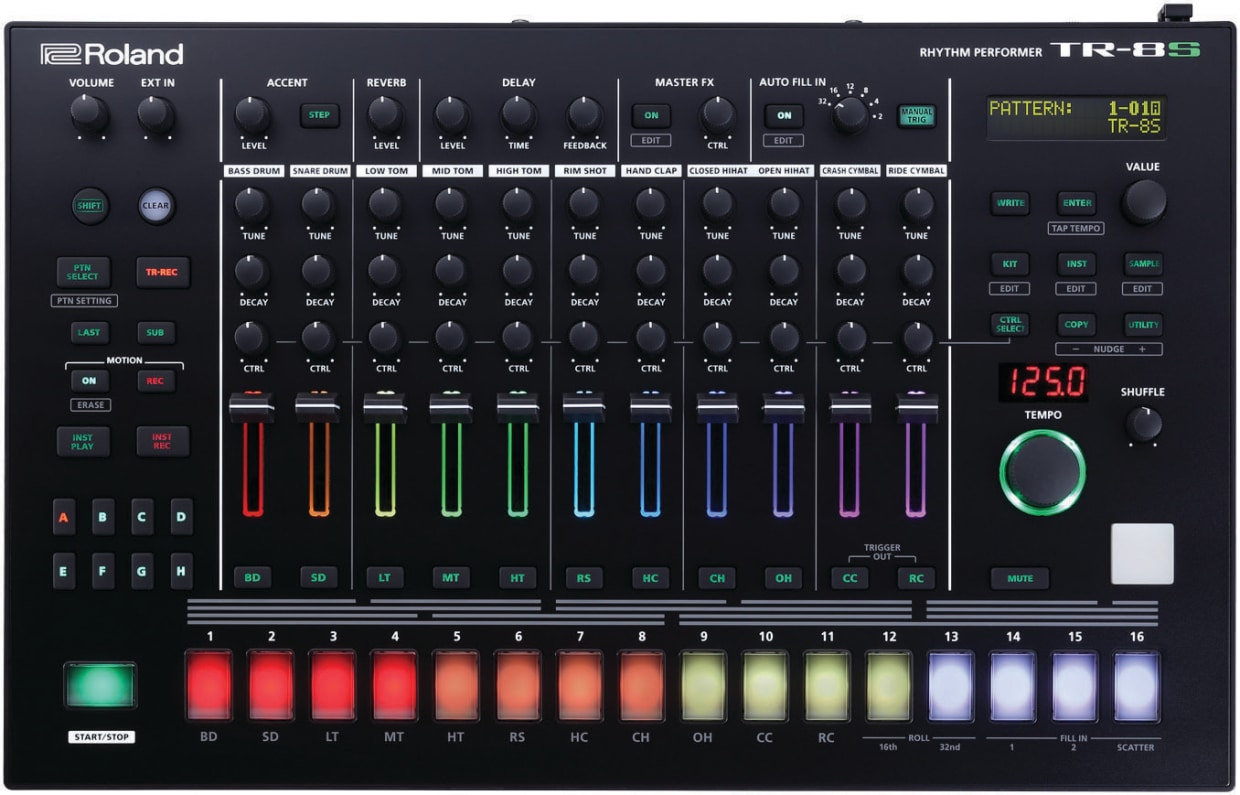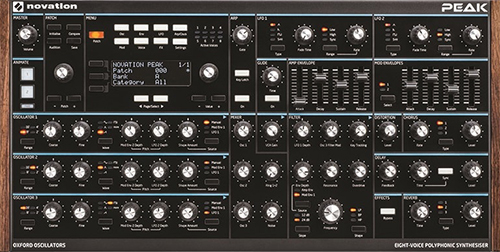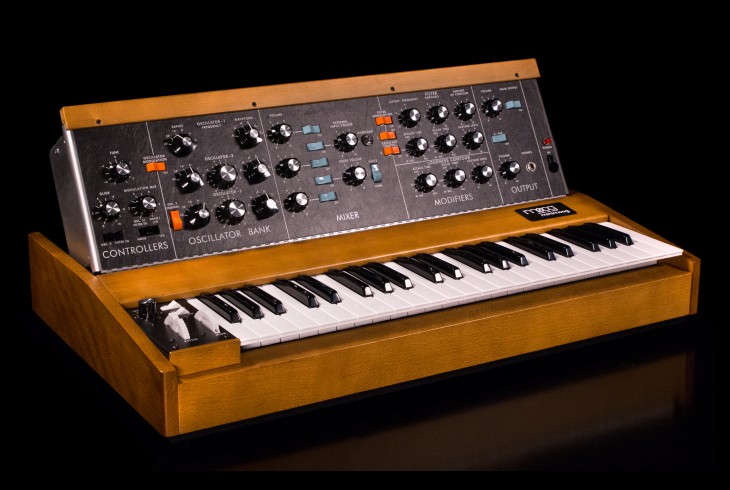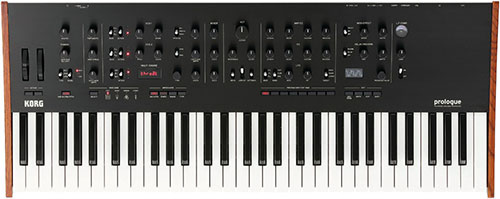Wendy Carlos recorded the first mainstream performance of a vocoder for her soundtrack to Stanley Kubrick’s A Clockwork Orange, using a 10-band version she developed with Bob Moog in 1970. From there, it was quickly established as a featured component for countless pop, funk, and dance hits—and is often confused with an effect known as the talk box, which is an entirely different method for embossing the characteristics of the human voice onto a musical performance.
Over the past 45 years, there have been many successful vocoders—both hardware and software. The earliest hardware units from Bode, Roland, Moog and Korg found their way into top artists’ studios. Nowadays, software versions are baked into leading DAWs from Ableton, Apple, and Propellerhead, to name a few.
Although vocoders are typically used for creating “robot vocals,” they are capable of generating a wide variety of effects. But to get the most from this unique processor, it is essential to understand how a vocoder works. Here’s my essential guide for Music Radar.
LINK: https://www.musicradar.com/how-to/how-to-get-the-most-out-of-vocoders-a-complete-guide
